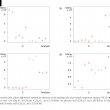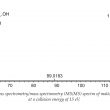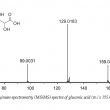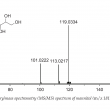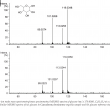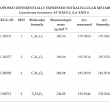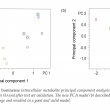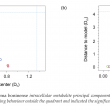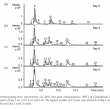Journal of Oil Palm Research Vol. 33 (3) September 2021, p. 555-564
PRINCIPAL COMPONENT ANALYSIS (PCA) EVALUATION OF LIQUID CHROMATOGRAPHYMASS SPECTROMETRY (LC-MS) DATASETS OF Ganoderma boninense INTRACELLULAR METABOLITES
DOI: https://doi.org/10.21894/jopr.2020.0103
Received: 2 June 2020 Accepted: 14 September 2020 Published Online: 20 November 2020
Liquid chromatography-mass spectrometry (LC-MS) has become a powerful analytical technique for studying broad coverage of chemical datasets describing complex biological systems and events. In order to interpret the underlying information in such datasets, multivariate analysis method such as principal component analysis (PCA) is crucial for multiple sample comparisons and multivariate data reduction. PCA has been used for evaluation of large-scale datasets derived from LC-MS analysis of fungal metabolites for many applications. Therefore, in this study, we describe on PCA as a descriptive tool to cope with large LC-MS datasets of intracellular metabolites of oil palm basal stem rot (BSR) fungal pathogen, Ganoderma boninense from in vitro liquid culture system. The results revealed a classification and grouping of G. boninense intracellular metabolites according to time trend, where the primary metabolites, i.e. glucose, gluconic acid, mannitol and malic acid were found differentially expressed in G. boninense. The presented findings suggest that the PCA model provides a general approach for handling, analysis and interpretation of large LC-MS datasets to reveal time-dependent changes of intracellular metabolites that may indicate G. boninense developmental process in vitro.
FIGURES & TABLES:
1 Malaysian Palm Oil Board, 6 Persiaran Institusi, Bandar Baru Bangi, 43000 Kajang, Selangor, Malaysia.
* Corresponding author e-mail: nurazah@mpob.gov.my
